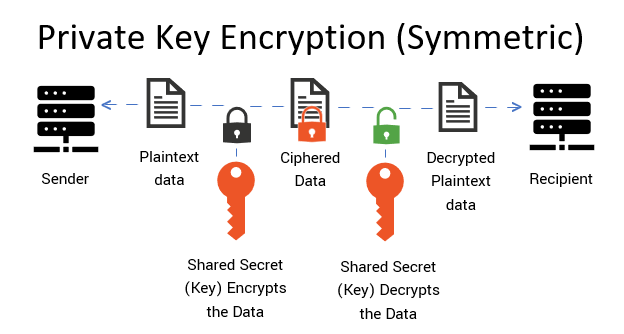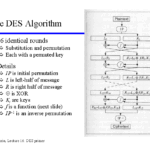The modern world is profoundly intertwined with cryptography, a domain that wields the power to secure communications, protect data, and safeguard identities. At the heart of cryptographic systems lies the enigmatic private key. A private key is not merely a string of characters or an arbitrary number; it is the linchpin of secure exchanges, the guardian of information concealed from prying eyes. To understand the secret life of a private key, it is essential to delve into its plethora of facets, implications, and the sophisticated milieu surrounding its utilization.
To begin, one must consider the essence of what a private key represents. In the realm of asymmetric cryptography, two keys exist in tandem: the public key, which can be freely shared, and the private key, which remains confidential. Public key cryptography is predicated on the asymmetrical relationship between these two keys, establishing a secure channel for communication without necessitating a prior exchange of secret information. The fascination with private keys stems from their dual nature: they are simultaneously tangible (in the sense of their physical representation as algorithms or code) and intangible (as they embody the very security they facilitate).
Visually, a private key can take many forms, often represented as a long alphanumeric string that might resemble gibberish to the uninitiated. Each character within this string holds immense significance, contributing uniquely to the overall strength of cryptographic security. When one deciphers this key into its underlying structure, it may reveal a series of random bits, meticulously crafted to maximize entropy and minimize predictability. The construction of a robust key is crucial; its complexity determines how impervious it is to brute-force attacks and other forms of cyber intrusions.
Beyond its outward appearance, the obscurity and intricacy of a private key harbor a fascinating allure. It is this very enigma that captivates both enthusiasts and experts within the domain of cryptography. The intricate nature of private keys necessitates a keen understanding of mathematical frameworks, particularly number theory and algebra. Each time a private key is generated or utilized to decrypt data, it participates in a sophisticated interplay of calculations. This mathematical underpinning adds a layer of elegance to what may seem like a mere jumble of symbols.
Furthermore, the private key’s clandestine lifestyle raises critical philosophical questions about privacy and security. In an age characterized by rampant data breaches and pervasive surveillance, the ability to maintain confidentiality through a private key becomes increasingly precious. It symbolizes autonomy in a digital landscape that often operates contrary to individuals’ interests. The stark reality is that while the public key can be broadcast without reservation, the private key must remain fiercely guarded. This dichotomy underscores a profound aspect of trust in technology and society.
Moreover, the implications of mishandling a private key cannot be overstated. The security of entire systems can falter if a private key is compromised. This vulnerability emphasizes the significance of proper key management practices. Keys must be stored securely, often in hardware security modules (HSMs) or through encryption techniques that mask their presence. Fostering an understanding of why safeguarding private keys is imperative can lead to more robust security protocols.
Every private key embodies a latent potential — to unlock access, to authenticate users, to uphold integrity. The act of deploying a private key is akin to a maestro conducting an orchestra, where each note may resonate with assurance or dissonance depending on the precision of execution. This metaphor serves to illustrate the significant role that private keys play in ensuring that digital communications retain their intended confidentiality and authenticity.
The significance and secrets of private keys extend beyond mere function into the nexus of human behavior, power dynamics, and trust foundations. As society becomes more entrenched in digital interactions, the allure of cryptographic solutions, especially those hinged upon private keys, continues to captivate. The delicate balance between accessibility and securitization raises compelling questions regarding the future of privacy in an increasingly interconnected world.
In conclusion, the secret life of a private key is not one purely of technological mechanics, but rather a narrative imbued with complexity and philosophy. As we navigate an era defined by cryptographic practices, understanding the role of private keys becomes essential. They are guardians of the digital realm, embodying the paradox of being both an integral tool for security while remaining an object of fascination and mystery. Recognizing their importance is paramount; as custodians of our digital identities, private keys are compelling symbols of autonomy and security in a landscape that constantly challenges the status quo.









Leave a Comment